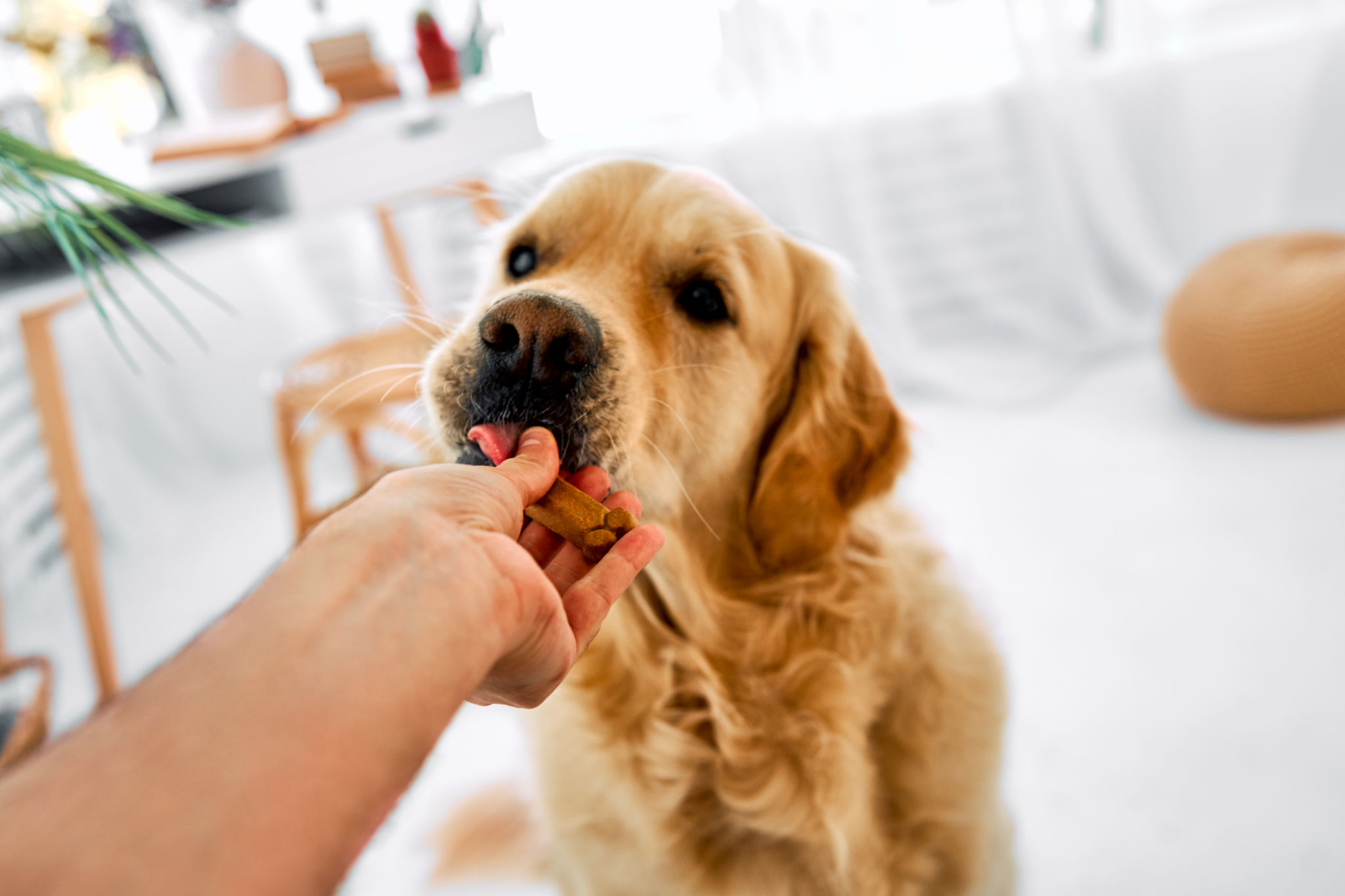Using Food Rewards Means You’ll Always Need Treats in Your Pocket
Let’s Debunk This Myth Once and for All
If you’ve ever hesitated to use food rewards in training because you’re worried you’ll be stuck carrying treats for the rest of your dog’s life, you’re not alone. This myth has been making the rounds for ages, and it’s time to set the record straight.
Here’s the truth: food rewards aren’t forever, but they’re essential in the beginning. When used strategically, they help teach your dog what you want, and over time, you can phase them out without sacrificing your dog’s enthusiasm or reliability.
Let’s break it down and talk about how food rewards work, why they’re so effective, and how you can move beyond them when the time is right.
Why Food Rewards Work (and Why Kibble Comes First)
Dogs don’t work for free. Just like you wouldn’t go to your job without a paycheck, dogs need something they value to motivate them to learn new behaviors. For most dogs, food is the gold standard.
But here’s where I like to flip the script: I start with kibble.
Why? Because kibble is your dog’s regular meal—it’s familiar, it’s available, and it’s sustainable. Starting with kibble builds food motivation without the need for high-value rewards right off the bat. It teaches your dog that working with you is rewarding, even for “ordinary” food.
When your dog is eager to work for kibble, you’ve already built a strong foundation. From there, you can sprinkle in occasional high-value food rewards (think chicken or cheese) to up the ante during harder training sessions.

The Role of Food Rewards in Training
Food rewards are a tool. In the beginning, they’re essential for teaching your dog new behaviors because they:
1.Clearly Mark Success: Your dog knows exactly what earned the reward.
2.Create Positive Associations: Training becomes fun and rewarding.
3.Build Reliable Behaviors: The more your dog practices with food rewards, the stronger their understanding becomes.
But here’s the kicker: food rewards are just the beginning.
Phasing Out Food Rewards (Without Losing Reliability)
Once your dog has learned a behavior and performs it reliably, you can start to fade out food rewards. The key is doing this gradually and strategically. Here’s how:
1. Switch to Variable Reinforcement
Instead of rewarding every single correct response, start rewarding intermittently. Think of it like a slot machine—your dog doesn’t know when the reward is coming, so they keep “playing the game” because the possibility of a reward keeps them motivated.
•Example: If you’re practicing “sit,” reward every other sit, then every third sit, and so on. Mix it up to keep it unpredictable.
2. Use Life Rewards
Not every reward has to be food! Once your dog understands a behavior, you can replace food with other rewards they value, like:
•A favorite toy.
•Playtime with you.
•Going outside for a walk.
•Getting to greet a friend or explore something interesting.
3. Practice Without Rewards in Low-Distraction Environments
As your dog becomes more reliable, start practicing in situations where the behavior is easy for them and reward less frequently. This builds confidence without relying on food for every success.
4. Keep Rewards in the Mix for Big Wins
Even after phasing out food for most situations, it’s a good idea to occasionally surprise your dog with a treat for extra effort. This keeps them engaged and reinforces that working with you is always worth it.
Why Food Motivation Matters (and Why It’s Not “Bribery”)
One of the biggest misconceptions about food rewards is that they’re a form of bribery. Let me be clear: there’s a big difference between a bribe and a reward.
•A bribe is something you offer before a behavior to coax your dog into doing it (e.g., waving a treat in front of their nose to get them to sit).
•A reward comes after the behavior—it’s a thank-you for a job well done.
Food motivation isn’t about bribery; it’s about creating a dog who’s eager to learn and engage with you. Starting with kibble helps build that eagerness in a sustainable way, and phasing out food rewards ensures your dog works for more than just treats—they work because they’ve learned that training is fun and rewarding in itself.

Final Thoughts: Why This Myth Needs to Go
The idea that food rewards mean you’ll always need treats in your pocket couldn’t be further from the truth. Food is a teaching tool, not a crutch. When used strategically, it helps your dog understand what you want, builds reliable behaviors, and creates a positive training experience.
And remember: food rewards aren’t forever, but the enthusiasm and confidence they build are.
So, the next time someone says, “But I don’t want to have to carry treats forever,” you can confidently tell them: you won’t—but you’ll want to start with them if you want to succeed.
What do you think? Have you struggled with this myth? Let’s keep the conversation going—I’d love to hear your thoughts!
